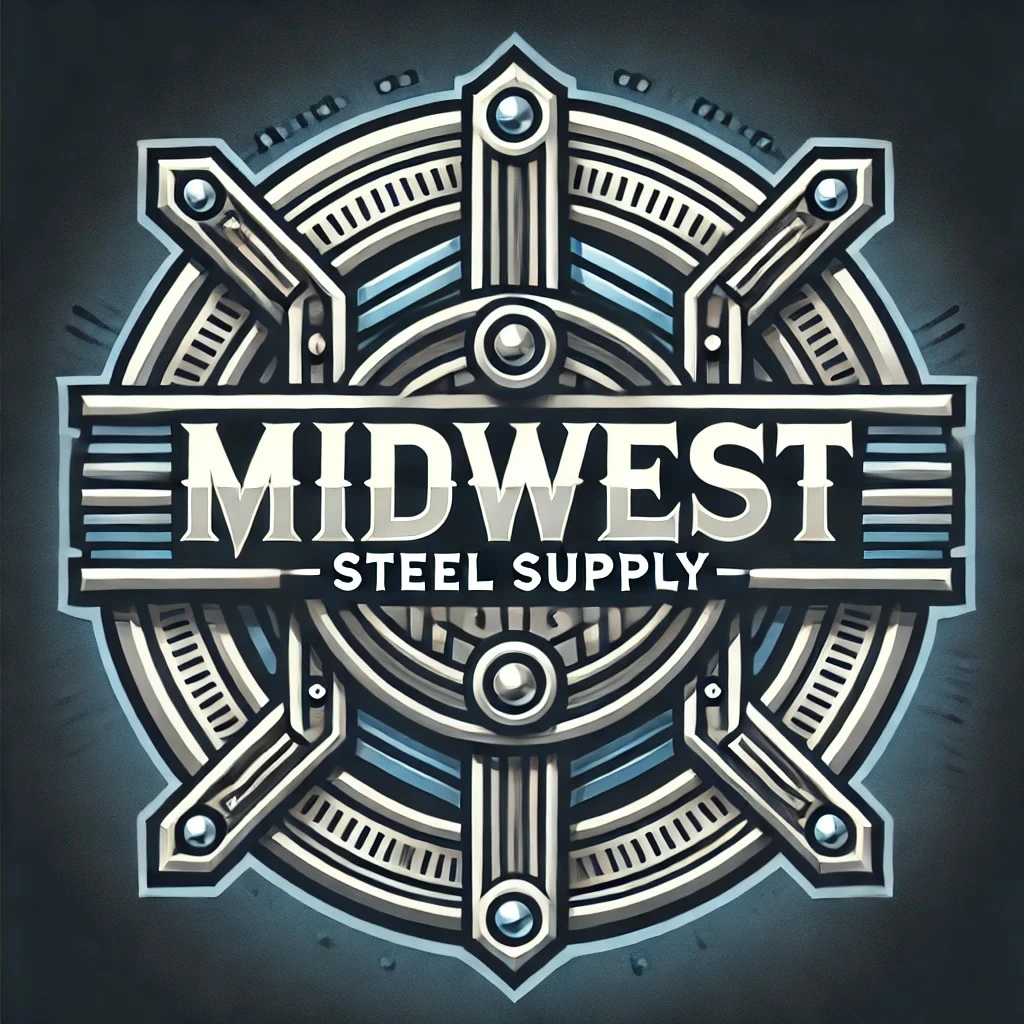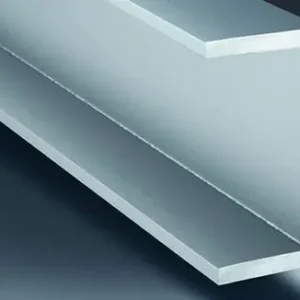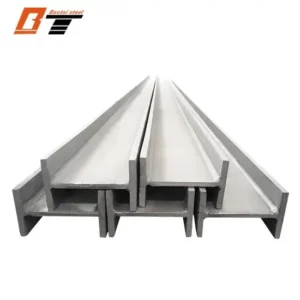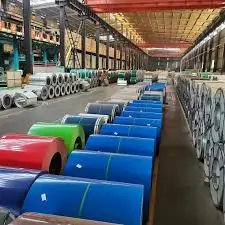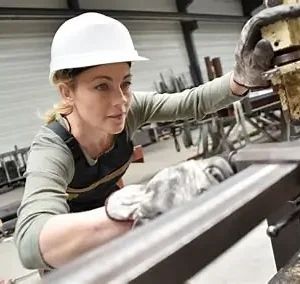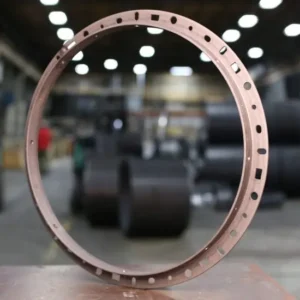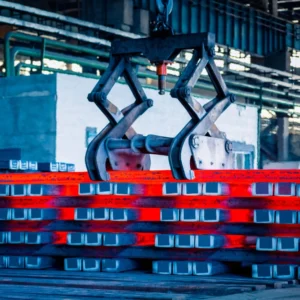EN10025 S275, EN10025 S235 steel Properties, Applications, and Market Insights
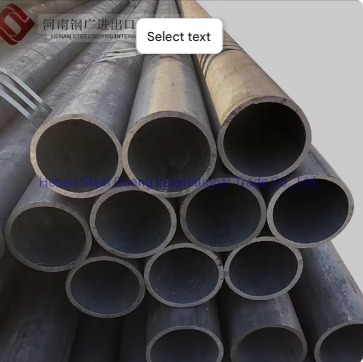
Introduction
EN10025 S275, EN10025 S235 steel Structural steel is a cornerstone of modern construction, engineering, and manufacturing. From bridges and buildings to machinery and shipbuilding, its versatility and strength make it one of the world’s most important materials. Among the various grades of structural steel, EN10025 S275 and EN10025 S235 steel are two of the most widely used due to their excellent balance of strength, formability, and cost-effectiveness.
Both grades fall under the EN10025 standard, the European specification that defines structural steels for hot-rolled products. Understanding their properties, differences, and market behavior helps engineers, fabricators, and buyers choose the right grade for their projects — ensuring safety, efficiency, and cost optimization.
Overview of the EN10025 Standard
The EN10025 standard covers structural steels used for general construction and engineering. It’s divided into several parts:
-
EN10025-2: Non-alloy structural steels (includes S235, S275, S355)
-
EN10025-3: Normalized/normalized rolled fine-grain structural steels
-
EN10025-4: Thermomechanically rolled steels
-
EN10025-5: Structural steels with improved atmospheric corrosion resistance
-
EN10025-6: Quenched and tempered steels
The S235 and S275 grades belong to EN10025-2, which covers non-alloy structural steels for general applications such as building frames, bridges, and platforms.
Understanding EN10025 S235 Steel
Overview
EN10025 S235 steel is the most basic grade of non-alloy structural steel under the EN10025-2 standard. The “S” stands for structural, and “235” indicates the minimum yield strength of 235 megapascals (MPa) for steel sections up to 16 mm thick.
S235 is a mild steel with low carbon content, making it easy to weld, machine, and fabricate. It is often used for components that are not heavily loaded but require good formability and strength.
Chemical Composition (Typical Values)
| Element | Content (%) |
|---|---|
| Carbon (C) | ≤ 0.17 |
| Manganese (Mn) | ≤ 1.40 |
| Phosphorus (P) | ≤ 0.035 |
| Sulfur (S) | ≤ 0.035 |
| Nitrogen (N) | ≤ 0.012 |
The low carbon and sulfur content ensures excellent weldability and machinability, while manganese improves strength and toughness.
Mechanical Properties
| Property | Typical Value |
|---|---|
| Yield Strength (≤16 mm) | 235 MPa |
| Tensile Strength | 360–510 MPa |
| Elongation | 25–26% |
| Impact Energy | 27 J @ +20°C |
These values may vary slightly depending on product thickness and production process. Variants such as S235JR, S235J0, and S235J2 offer different impact toughness levels for use in varying temperature conditions.
Understanding EN10025 S275 Steel
Overview
EN10025 S275 is the next strength grade up from S235, offering a minimum yield strength of 275 MPa. It retains good weldability and machinability but delivers better load-bearing capacity, making it suitable for more demanding structural applications.
S275 is often used in bridges, buildings, and mechanical structures where higher strength is required but cost-effectiveness is still a priority.
Chemical Composition (Typical Values)
| Element | Content (%) |
|---|---|
| Carbon (C) | ≤ 0.21 |
| Manganese (Mn) | ≤ 1.60 |
| Phosphorus (P) | ≤ 0.035 |
| Sulfur (S) | ≤ 0.035 |
| Silicon (Si) | ≤ 0.05–0.35 |
The slightly higher carbon and manganese content compared to S235 gives S275 its higher yield and tensile strength.
Mechanical Properties
| Property | Typical Value |
|---|---|
| Yield Strength (≤16 mm) | 275 MPa |
| Tensile Strength | 410–560 MPa |
| Elongation | 23–25% |
| Impact Energy | 27 J @ +20°C (S275JR) |
Variants like S275JR, S275J0, and S275J2 define impact performance at different temperatures: 20°C, 0°C, and –20°C respectively.
S235 vs. S275: Key Differences
| Property | S235 | S275 |
|---|---|---|
| Yield Strength | 235 MPa | 275 MPa |
| Tensile Strength | 360–510 MPa | 410–560 MPa |
| Weldability | Excellent | Excellent |
| Formability | Better | Slightly lower |
| Cost | Lower | Slightly higher |
| Applications | Light structures, general fabrication | Medium-load structures, frames, bridges |
While both grades share similar chemical compositions and fabrication properties, S275 provides greater strength and load-bearing capacity. However, S235 steel remains preferred for cost-sensitive applications where extreme strength is not required.
Applications of S235 and S275 Steels
1. Construction and Infrastructure
Both S235 and S275 steels are widely used in:
-
Building frames, beams, and columns
-
Industrial sheds and warehouses
-
Footbridges and pedestrian walkways
-
Reinforced concrete structures
2. Manufacturing and Fabrication
Due to their good machinability and weldability, these steels are used for:
-
Equipment frames and supports
-
Structural parts of vehicles and machinery
-
Tanks, containers, and storage systems
3. Shipbuilding and Offshore
S275 (and sometimes S235) is used for ship decks, frames, and light offshore platforms under moderate load and environmental conditions.
4. General Engineering
In engineering workshops, S235 and S275 plates are used for:
-
Base plates and gussets
-
Machine frames
-
Structural brackets
-
Agricultural machinery
EN10025 S235 and S275 Steel Price per Ton (2025)
As of 2025, prices for EN10025 structural steels vary depending on region, supplier, and global steel market conditions. Below is a general overview:
| Region | S235 Price (USD/ton) | S275 Price (USD/ton) |
|---|---|---|
| Europe | 650 – 850 | 700 – 900 |
| China | 550 – 700 | 600 – 750 |
| India | 600 – 800 | 650 – 850 |
| Middle East | 700 – 950 | 750 – 1,000 |
| USA | 800 – 1,050 | 850 – 1,100 |
These prices typically apply to hot-rolled steel plates or sections (6–40 mm thickness), ex-works or FOB.
Price Factors
-
Raw Material Costs – Fluctuations in iron ore, scrap, and coal affect production costs.
-
Energy and Logistics – Steelmaking is energy-intensive; rising electricity and transport costs push prices higher.
-
Global Demand – Construction booms increase prices, while slowdowns can lower them.
-
Currency Exchange – Exchange-rate volatility affects imported steel prices.
-
Thickness and Processing – Thicker or customized plates cost more per ton.
-
Testing and Certification – Plates supplied with additional testing or third-party inspection cost slightly more.
Weldability and Fabrication
Both EN10025 S235 and S275 steels have excellent weldability due to their low carbon equivalent (Ceq ≤ 0.45). They can be welded using standard methods — MIG, TIG, or manual arc — without preheating for most thicknesses.
Their good machinability allows cutting, drilling, and forming using standard equipment. S235 offers slightly better formability, while S275 provides higher strength for welded or bolted assemblies.
Quality Grades and Markings
Both S235 and S275 steels are available in several impact-tested quality grades:
-
JR – 27 J at +20°C
-
J0 – 27 J at 0°C
-
J2 – 27 J at –20°C
The choice of quality depends on operating temperature and design conditions. For example, S275J2 is used for colder climates and dynamic loads where toughness is critical.
Market Outlook for 2025–2026
The global EN10025 steel market is projected to grow steadily through 2026, supported by:
-
Infrastructure development in Europe and Asia
-
Expansion of renewable energy projects (turbine towers, platforms)
-
Industrial and commercial construction growth
Analysts expect S235 and S275 prices to remain stable within a ±5% range, with potential upward adjustments due to energy cost inflation and shipping constraints.
Demand is shifting slightly toward higher-strength grades (S355, S420) in large projects, but S235 and S275 remain dominant in small- and medium-scale construction due to their affordability and availability.
Conclusion
EN10025 S235 and EN10025 S275 steel represent the backbone of European structural steel standards — offering a perfect balance of strength, versatility, and cost.
-
S235 is ideal for light-to-medium applications, providing easy fabrication and weldability.
-
S275 delivers enhanced strength and is suitable for more demanding structural work without sacrificing machinability.
In 2025, S235 steel price typically ranges from USD 600–850 per ton, while S275 steel price averages USD 700–1,000 per ton, depending on region and supply conditions.
Their wide availability, performance consistency, and compliance with international standards make S235 and S275 the preferred materials for engineers and builders worldwide — ensuring strength, safety, and reliability in every structure.
